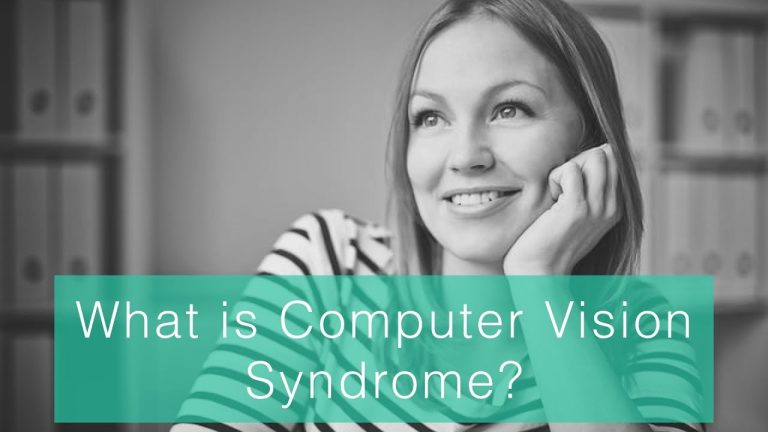Enhance Your Vision with Focus Flexibility: Tips and Products for Optimal Eye Health
One of the most important aspects of maintaining good vision is focus flexibility. This refers to the ability of the eyes to adjust and adapt to different distances and lighting conditions, from reading a book up close to looking at distant objects outdoors. As we age, our eyes may lose some of this flexibility, leading to a variety of vision problems such as presbyopia and difficulties shifting focus.
Fortunately, there are a number of strategies and products available that can help improve focus flexibility and maintain good visual health. In this article, we’ll explore some of these options and how they can benefit your eyes.
The Importance of Focus Flexibility
Focus flexibility is essential for maintaining clear and comfortable vision in a variety of situations. For example, when reading a book, our eyes need to be able to adjust and focus on the small text close up. Conversely, when looking at a beautiful view, we need to be able to focus on the distant scenery.
However, as we age, our eyes may become less flexible and have difficulties adjusting to different distances. This can lead to a range of vision problems, including:
- Presbyopia: difficulty focusing on close objects, often occurring around age 40-50
- Myopia: difficulty seeing distant objects clearly
- Hyperopia: difficulty seeing close objects clearly
Strategies for Maintaining Focus Flexibility
Fortunately, there are a variety of strategies that can help maintain focus flexibility and prevent or manage these vision problems. These include:
Eye Exercises
Performing eye exercises can help strengthen the muscles that control focus and improve flexibility. These exercises may include focusing on distant objects, tracking moving objects, or moving the eyes in certain patterns.
Proper Lighting
Proper lighting can also play a role in maintaining focus flexibility. Bright lighting can help when focusing on close objects, while dimmer lighting can be helpful for reducing eye strain when viewing screens or in low-light situations.
Lens Options
There are a variety of lens options available that can help improve focus flexibility. For example, bifocal or progressive lenses can correct both near and far vision, while special lenses for computer use can reduce eye strain and improve focus when working on screens.
Optical Aids
Optical aids such as magnifying glasses, reading glasses, or contact lenses can also be helpful for managing vision problems and maintaining focus flexibility.
Conclusion
Focus flexibility is a critical aspect of maintaining good vision and preventing vision problems as we age. By incorporating strategies such as eye exercises, proper lighting, and lens options, you can help maintain your focus flexibility and improve your overall visual health.
Contents
Most wanted in Hoya Vision:
What brand lenses does Costco use?
Do tinted glasses help with migraines?
What does +0.25 mean on an eye test?
Hoya Identification Chart
What are prism eyeglass lenses?
Hoya Lens Engravings
Should eyeglasses cover eyebrows?
Does hyperopia worsen with age?
What is the difference between Ray Ban RB and Rx?
What LED light is best for broken capillaries?
















